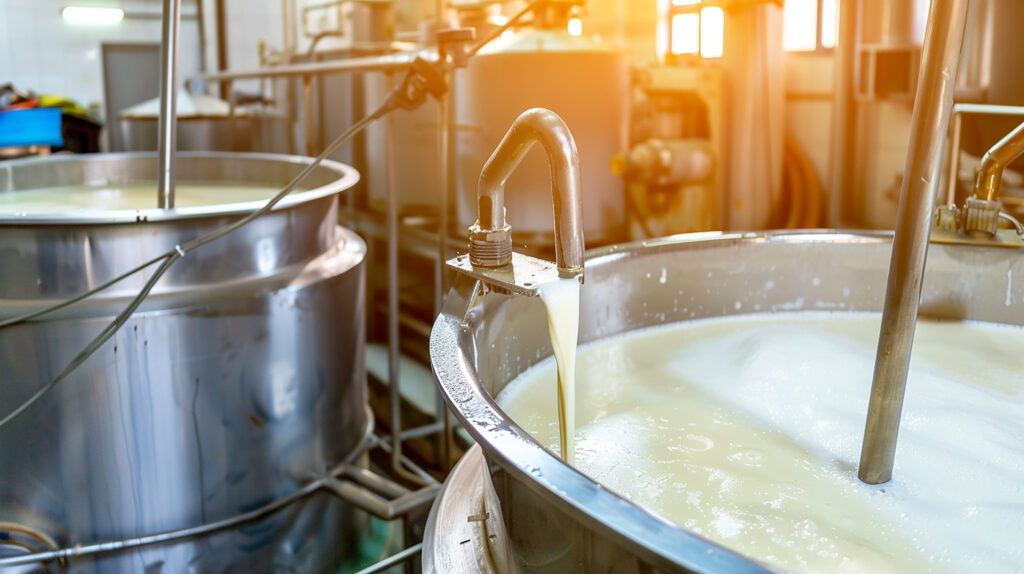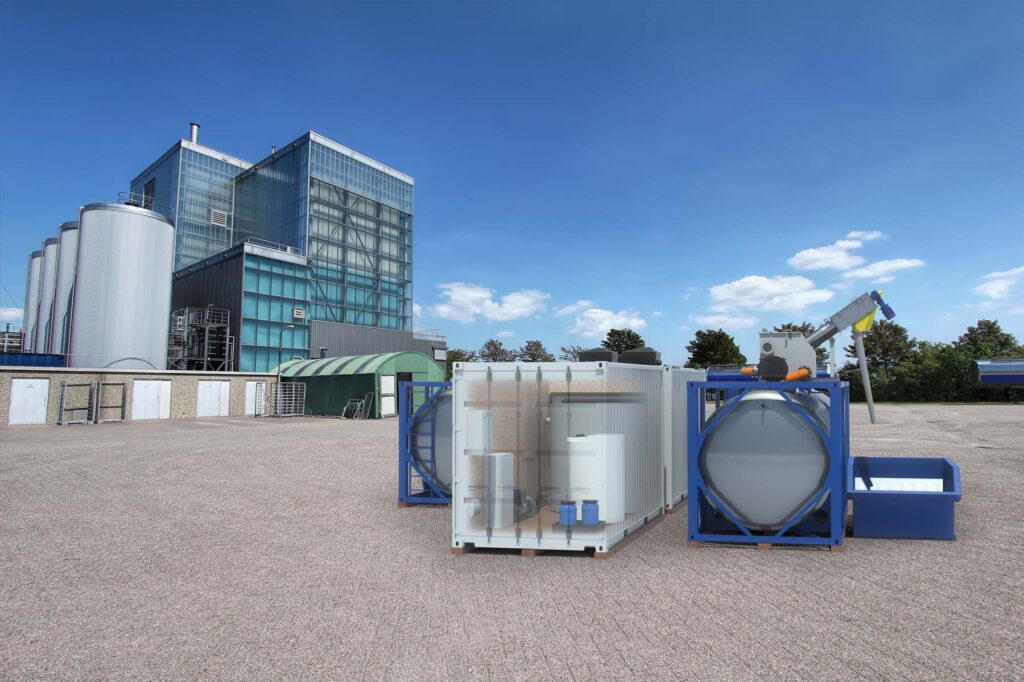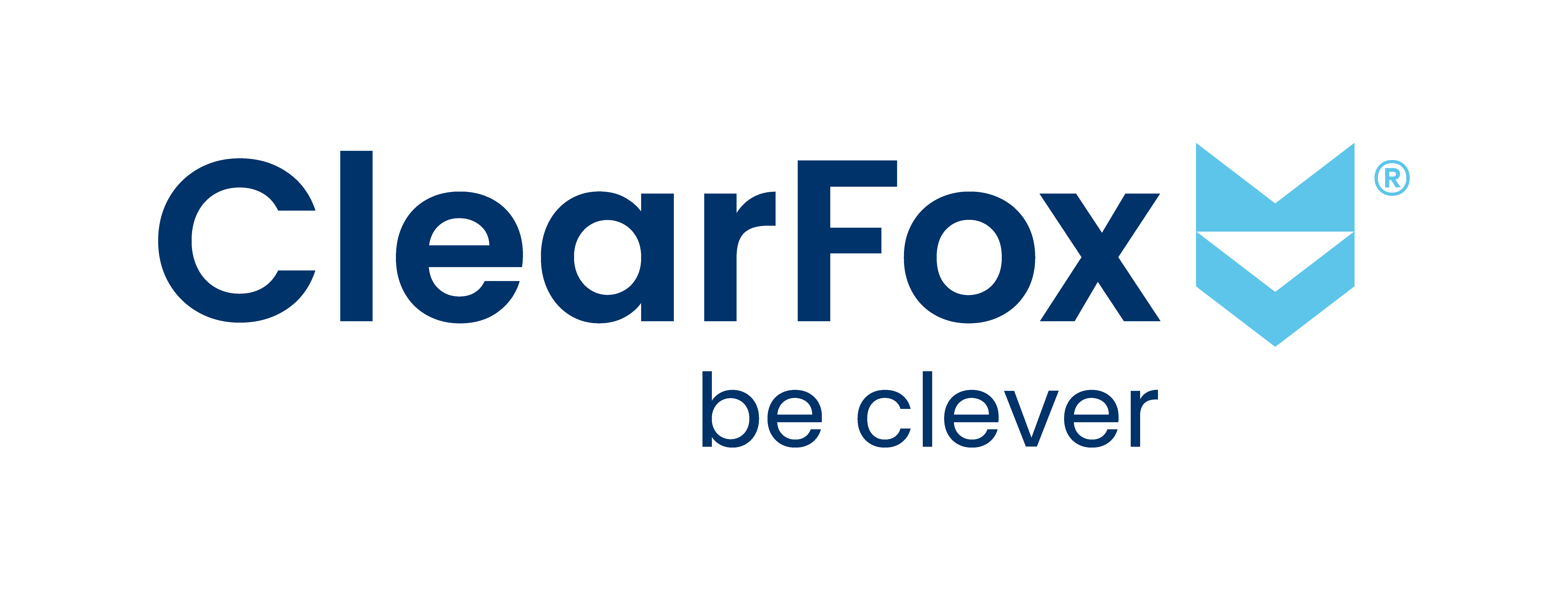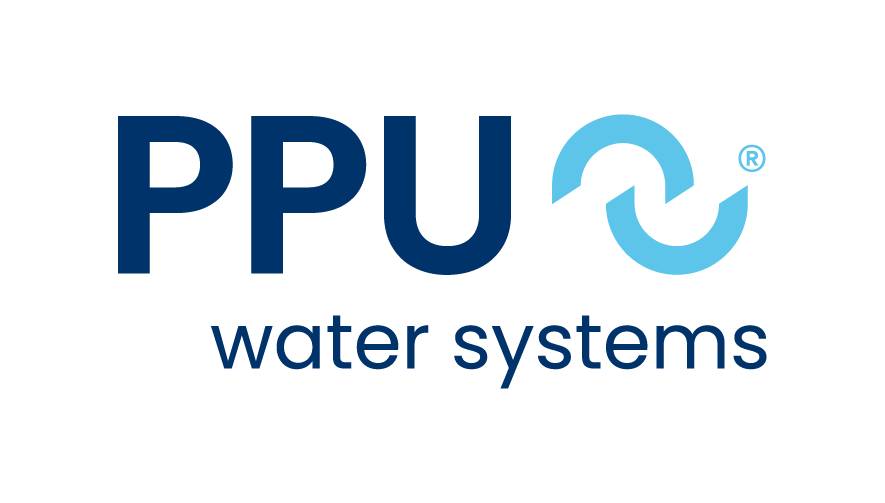Dairy Wastewater Treatment
Sector Overview
Home > Dairy Wastewater Treatment
Contents
With the right plant design and process technology, it’s entirely possible to treat dairy wastewater to meet environmental compliance—or even enable safe reuse.
We specialise in custom-engineered wastewater treatment plants for dairies. Our systems are designed to fit your operations—whether you’re expanding, starting a new site, or facing compliance issues. Continue reading to learn more.
Sources of Dairy Wastewater
Dairy wastewater treatment refers to the collection and cleaning of water generated during the production of milk-based products like:
- Yoghurt
- Cheese
- Butter
- Cream
- Milk-based beverages and foods
This wastewater is treated in specialised plants to allow for safe discharge to sewer, environment, or reuse.
Wastewater and process water in dairies come from many different areas of production:
| DAIRY PROCESSES | SOURCE OF WASTE |
|---|---|
| Preparation Stages | |
| Milk collection/storage | Bad drainage of tankers |
| Spills and leaks from hoses and pipes | |
| Foaming | |
| Cleaning operations | |
| Pasteurization/Ultra heat treatment | Liquid losses/Leaks |
| Recovery of downgraded product | |
| Cleaning operations | |
| Foaming | |
| Deposition of surfaces of pasteurization and heating equipments | |
| Homogenization | Liquid losses/Leaks |
| Cleaning operations | |
| Separation/Clarification (Centrifuge, Reverse osmosis) | Foaming |
| Cleaning operations | |
| Pipe leaks | |
| Product Processing Stages | |
| Market milk | Foaming |
| Product washing | |
| Cleaning operations | |
| Overfilling | |
| Poor drainage | |
| Sludge removal from clarifiers/ separators | |
These sources include:
- Raw milk reception and separation
- Pasteurisation and homogenisation
- Fermentation (e.g., yogurt production)
- Cheese pressing, cutting, and whey separation
- Tank, pipe, and equipment cleaning (CIP)
Wastewater Composition in Dairies
Each product category and process generates distinct effluents. For example, cheese production differs significantly from yogurt or milk bottling in terms of pollution load.
| Parameter | Concentration (mgL-1) | ||
|---|---|---|---|
| Max | Min | Average | |
| Total CODt | 9000 | 920 | 3500 |
| Soluble CODS | 8000 | 630 | 2500 |
| CODS/CODt | 0,9 | 0,6 | 70 |
| BOD | 6080 | 480 | 1800 |
| Suspended Solids (SS) | 800 | 130 | 400 |
| Volatile Suspended Solids | 500 | 160 | 350 |
| Total Nitrogen (TN) | 230 | 8 | 110 |
| Ammonium N | 90 | 2 | 25 |
| Nitrate N | 8 | 2 | 7 |
| Total Phosphor | 111 | 10 | 36 |
| Oil-Gress | 140 | 400 | 290 |
| pH | 5,8 | 5,5 | 5,6 |
Key parameters that vary by product include:
- BOD (Biochemical Oxygen Demand)
- COD (Chemical Oxygen Demand)
- Suspended Solids (TSS)
- Ammonia & Total Nitrogen (TKN)
Getting the design data right is essential. Using incorrect values results in poor performance and non-compliance. That’s why ClearFox® works step-by-step with each client to ensure accurate design—and we back it with effluent quality guarantees.
Dairy Wastewater Management Options
There are several ways to manage dairy wastewater, each with its own advantages and limitations. These options are summarised in the table below and explained in more detail below.
| Wastewater Source | Management option | Wastewater process technology |
|---|---|---|
| Dairy | Storage and removal offsite | No treatment |
| Discharge to sewer | Mechanical screening | |
| Dissolved air flotation | ||
| Discharge to environment | Mechanical screening | |
| Dissolved air flotation | ||
| Biological wastewater treatment | ||
| Reuse | Mechanical screening | |
| Dissolved air flotation | ||
| Biological wastewater treatment | ||
| Ultrafiltration |
Collection & Offsite Disposal
This involves collecting untreated wastewater and tankering it offsite via a waste management company.


Best for: Temporary or low-volume operations without treatment infrastructure
Discharge to Sewer
If connected to a municipal sewer, you may be permitted to discharge treated wastewater into the system.


Solution: An optimised DAF (Dissolved Air Flotation) system can be tailored to meet local discharge standards efficiently.
Direct Environmental Discharge
This is the preferred route when the facility has no sewer access and opts for discharge into the environment (e.g. irrigation, rivers, streams, soakaways).


Typical solution: Combination of DAF + FBBR biological treatment stages
Reuse Onsite (e.g. CIP)
The most sustainable option is to clean wastewater to a standard where it can be reused for cleaning and other onsite purposes.


Ideal for: Facilities looking to reduce environmental impact and running costs
The wrong treatment selection can result in compliance issues, fines, and system failure. Let ClearFox® help you choose the best process tailored to your site and compliance goals.
Planning and buying a dairy wastewater treatment plant
After identifying the source and composition of your dairy wastewater and selecting the right process technology, you’re now ready to explore the final design factors needed to get a precise quotation and determine system pricing.
Why Choose ClearFox®?
With many equipment suppliers on the market, it can be difficult to choose the right partner. That’s why customers across Europe and 50 countries worldwide trust ClearFox® for integrated solutions backed by process guarantees.
Our core advantages:







Proven Technology & Real Results
Our modular process steps—including Dissolved Air Flotation (DAF) and Fixed Bed Biofilm Reactor (FBBR)—are independently tested and certified by PIA GmbH.



We Understand Dairy Wastewater
Each dairy product—from milk to hard cheese—generates a unique wastewater profile. That’s why it’s critical to work with a supplier who understands the specific processes and challenges of the dairy industry.
We’ve partnered with some of Europe’s largest dairies to implement efficient, cost-effective, and compliant treatment systems tailored to their exact operations.
Global Support, Local Expertise
With a dedicated service team that travels internationally every month, ClearFox® provides ongoing support for seamless, reliable operation. Your system is backed by our team long after commissioning.
Ready to move forward and take the next steps?
Arrange a free site survey and preliminary design to map loads, constraints and effluent targets and to receive a tailored modular solution and budgetary quote.
Share:
Up Next

Dairy industry wastewater breakdown
The dairy industry generates wastewater streams rich in fats, proteins, lactose, and cleaning agents—posing significant treatment challenges and regulatory hurdles.

Dairy wastewater treatment plant design
Correct process technology selection is critical to ensure your dairy wastewater treatment plant design provides long term, reliable wastewater treatment and compliance.

- 40,000+ treatment systems
- Installed in over 50 countries
- Treating 25 million litres daily
- Certified.
- Compact.
- Containerized.
- [Clever.]

